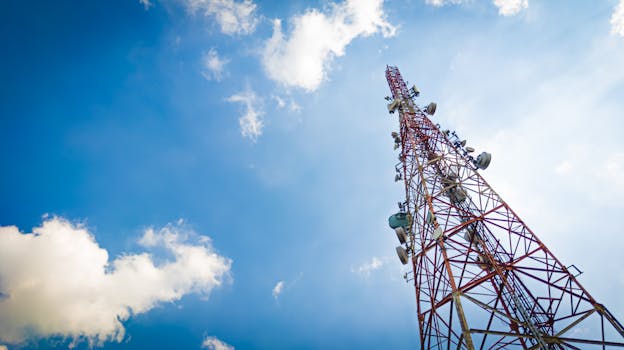
MEO Satellites: The Future of Global Communications
MEO satellites, or Medium Earth Orbit satellites, are a type of satellite that operates in an orbit between 2,000 and 36,000 kilometers above the Earth’s surface. This orbit is ideal for providing global coverage and connectivity, making MEO satellites a crucial component of modern satellite communications. In this article, we will delve into the world of MEO satellites, exploring their benefits, applications, and the impact they have on global communications.
MEO satellites have been around for several decades, but recent advancements in technology have made them more efficient, reliable, and cost-effective. One of the primary advantages of MEO satellites is their ability to provide seamless coverage of the entire Earth’s surface, including remote and underserved areas. This makes them an essential tool for a wide range of applications, including telecommunications, navigation, and weather forecasting.
The Benefits of MEO Satellites
So, what makes MEO satellites so special? For starters, they offer a unique combination of coverage and capacity. Because they operate in a higher orbit than Low Earth Orbit (LEO) satellites, MEO satellites can cover a much larger area, making them ideal for applications that require global or near-global coverage. At the same time, they have a lower latency than Geostationary Earth Orbit (GEO) satellites, which makes them better suited for real-time communications.
Another significant benefit of MEO satellites is their ability to provide connectivity in areas where traditional telecommunications infrastructure is lacking. This makes them a vital tool for bridging the digital divide and providing access to information and communication services for underserved communities. Additionally, MEO satellites can be used to provide backup connectivity during natural disasters or other crises, ensuring that critical communication services remain available.
Applications of MEO Satellites
MEO satellites have a wide range of applications, including telecommunications, navigation, and weather forecasting. In the telecommunications sector, MEO satellites are used to provide mobile broadband services, including voice, data, and internet connectivity. They are also used to provide connectivity for remote or underserved areas, such as rural communities or areas affected by natural disasters.
In the navigation sector, MEO satellites are used to provide location information and timing signals, which are essential for a wide range of applications, including aviation, maritime, and land transportation. They are also used to provide precision agriculture, surveying, and mapping services.
In the weather forecasting sector, MEO satellites are used to provide global weather monitoring and forecasting services. They are equipped with advanced sensors and instruments that can detect changes in the Earth’s atmosphere, oceans, and land surfaces, providing critical data for weather forecasting and climate monitoring.
The Future of MEO Satellites
As technology continues to evolve, we can expect to see even more innovative applications of MEO satellites. One area of development is the use of MEO satellites for 5G and future wireless networks. Because MEO satellites can provide low-latency, high-capacity connectivity, they are ideal for supporting the demands of 5G and future wireless networks.
Another area of development is the use of MEO satellites for Earth observation and remote sensing. With the launch of new satellite constellations, such as the European Space Agency’s (ESA) Copernicus program, MEO satellites will play an increasingly important role in providing high-resolution imagery and data for a wide range of applications, including environmental monitoring, disaster response, and urban planning.



